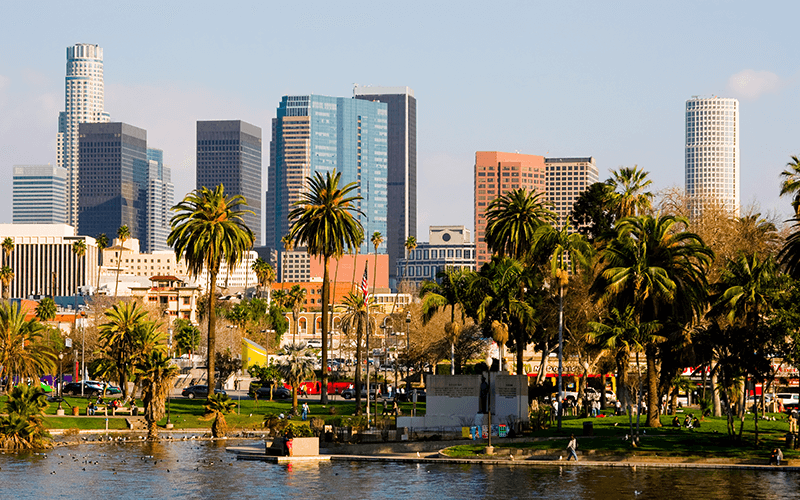This is Joseph.
It is without doubt that something is wrong with the housing market. The fundamentals do not change so rapidly over a short period. I think there are two dominant narratives.
One, is that something is wrong with supply. The sources of housing supply are complicated with issues ranging from zoning to cost of building materials. This source of housing shortage is ever popular to discuss, as everyone knows some municipal building or zoning rule that they consider daft. But supply can't be the only driver -- San Francisco has a 9.6% gross vacancy rate and 8,000 homeless persons (>5,000 unsheltered).
Two, is that there is demand caused by low interest rates/asset inflation. Like all forms of investment, it is vulnerable to bubbles, irrational exuberance, and the general problem of searching for yield that tend to become severe in times of high income inequality. Issues of affordability of land certainly go back to the Roman Republic and were a big factor in the rise of Caesar.
But the truth is all sorts of places (like London, Ontario or Fresno) are showing rapid cost increases in housing, both rent and purchase prices. These sustained increases seem to be require a fairly strong driver that explains why now and not before. These housing prices have led to an increases in unsheltered persons and a resulting crackdown on things like camps.
Sometimes the answer is the less complicated one. Real estate, via mechanisms like REITs mean that we are mixing a human necessity (shelter) with an investment class. The recent crisis accelerated income inequality, even overseas, which means that one obvious problem is that you have aligned incentives to make investors want yield. Some of this comes from the exceptionally low interest rates from the central banks but I wonder to what extent you have influential people making nudges in a thousand little ways to preserve asset values.
The bad news for this explanation is that there is no happy ending. An increase in interest rates would be a huge blow to leverage home owners whereas a drop in rates is a huge recession event (right after the stagnation in productivity caused by pandemic inefficiency).
Rome shattered and become an empire. France beheaded the rich. At best you have the consequences of a huge asset bubble popping, in an asset class that nearly everyone is highly exposed to.
We need somebody to prove me wrong.










